Brownfields Aren’t Just a ‘Big City’ Problem
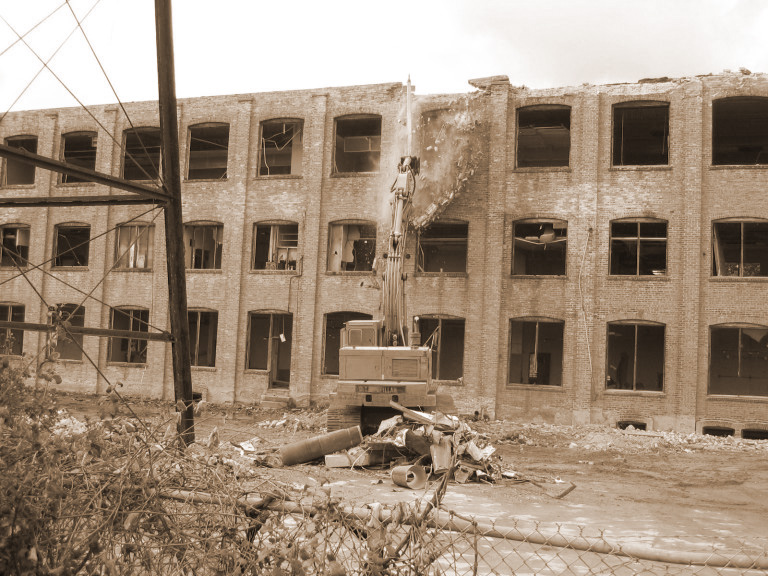
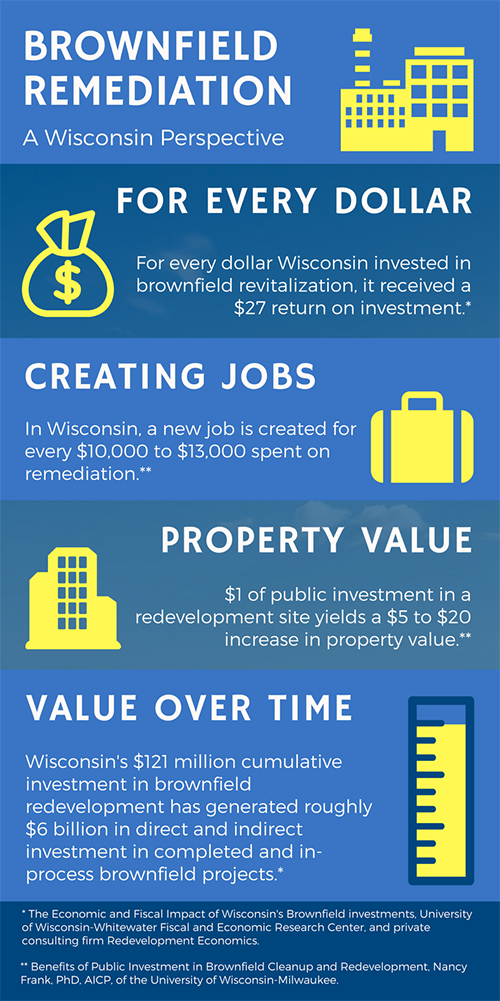

By Scott Wilson
What is a Brownfield?
The Environmental Protection Agency (EPA) defines a brownfield as “real property, the expansion, redevelopment, or reuse of which may be complicated by the presence or potential presence of a hazardous substance, pollutant, or contaminant.”
In simpler terms, it’s a vacant or underused site, seen as a community eyesore, that needs to be cleaned up.
Is Brownfield Remediation Affordable?
These sites are a great opportunity for communities to breathe new life into deteriorated areas, and renovating those sites brings properties back on the tax rolls, bringing more value to their communities.
Communities aren’t left to tackle this process alone; state and federal grants are available to help with a lot of the site work.
The Village of Waunakee, Wisconsin: A Success Story
Ayres has been working with Waunakee to achieve its brownfield remediation goals for over 15 years, helping the Village secure state and federal grants totaling nearly $2 million. The remediation of once blighted brownfield sites has had a transformative effect on the community.
The Former Stokely Canning Plant:
The Stokely Canning Plant was originally 21 buildings on 13.5 acres spread over three adjacent parcels of land in the heart of the Dane County Village of Waunakee. Village Administrator Kim Wilde described the factory itself as “a big, dark, cavernous structure with all kinds of things lying all over the floor – pieces of metal, broken glass, you name it.” With its location a stone’s throw from Main Street, near two schools, residential housing, and the Village’s largest public park, it was also pretty visible. Working with the Village, and securing $1.2 million in funding, Ayres helped to remove and dispose of all the buildings, clean up the site, and mitigate frequent downtown flooding events. The three parcels were converted into valuable resources for the community:
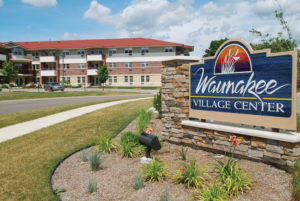 The 45,261-square-foot Village Center opened in April 2006. In addition to centralized services for senior citizens, the center houses classrooms, Meals on Wheels, banquet and meeting rooms, administrative offices, fitness center, full-size gym, and indoor running track.
The 45,261-square-foot Village Center opened in April 2006. In addition to centralized services for senior citizens, the center houses classrooms, Meals on Wheels, banquet and meeting rooms, administrative offices, fitness center, full-size gym, and indoor running track.
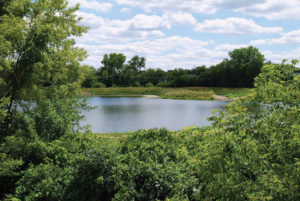 A stormwater quality basin on a 7.9-acre parcel has eliminated flooding downtown and is improving water quality in nearby Six Mile Creek. A nature trail constructed around the basin links to surrounding public parks.
A stormwater quality basin on a 7.9-acre parcel has eliminated flooding downtown and is improving water quality in nearby Six Mile Creek. A nature trail constructed around the basin links to surrounding public parks.
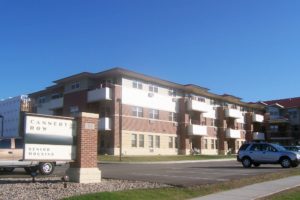 A private developer converted another parcel of the original site into apartments for senior citizens. The senior complex accommodates 77 affordable senior housing units.
A private developer converted another parcel of the original site into apartments for senior citizens. The senior complex accommodates 77 affordable senior housing units.
Main and Madison Redevelopment:
In 2012 the Village of Waunakee again used brownfield funding as a lever to jump-start idle, contaminated, and some underused property on the corner of Madison and Main Street in the heart of the Village. Located on several former brownfield sites that the Village purchased and cleaned up before development, the redevelopment project had a positive environmental impact, completing what the investment community nationwide calls the “triple bottom line,” providing a decent return, a social good, and a green benefit.
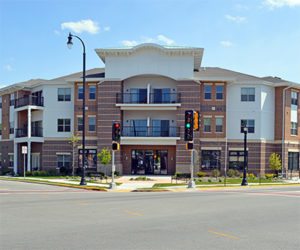 The Village of Waunakee subsidized the project by retaining Ayres to write the brownfield grants that covered cleanup and site preparation costs. The Village then sold the land to the developers for $1. A housing project completed for $7.7 million on the site features 78 apartments including 16 affordable units for tenants earning less than 80 percent of the area median income.
The Village of Waunakee subsidized the project by retaining Ayres to write the brownfield grants that covered cleanup and site preparation costs. The Village then sold the land to the developers for $1. A housing project completed for $7.7 million on the site features 78 apartments including 16 affordable units for tenants earning less than 80 percent of the area median income.
Waunakee Alloy Casting Corporation:
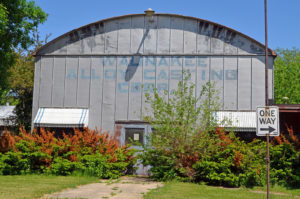
A current brownfield assessment and remediation redevelopment project involves converting the 4.5-acre former Waunakee Alloy Casting Corporation site into a community service center. Village officials hope to construct a new 40,000-square-foot, $15 million library on the blighted industrial site. Working with the Village, Ayres has secured $650,000 in state funding to help with site assessment, demolition, and soil remediation. A $150,000 Wisconsin Economic Development Corporation (WEDC) grant in 2014 provided funding for the initial site assessment. Just this month the Village was awarded a $500,000 WEDC Idle Industrial Sites grant that will be used toward demolition and remediation costs for the site.
Scott Wilson is vice president of Ayres Associates’ environmental division. In recent years his group has written and received more than $42 million in brownfield redevelopment grants and loans for our clients. For more information about brownfields and grant programs to help clean them up, visit our environmental services page.

Post a comment: